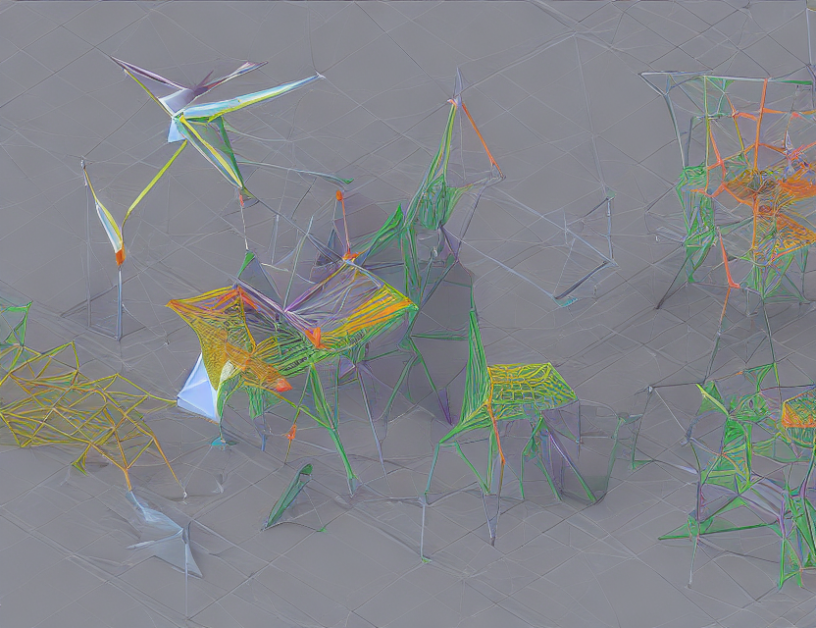In this article, the authors propose a novel approach to create photorealistic images based on text descriptions and deep language understanding. The proposed method leverages diffusion models that are trained using a large dataset of images and their corresponding textual descriptions. These diffusion models are capable of generating high-quality images that match the given textual description, even when the input text is highly complex or contains ambiguities.
To generate images, the authors use a two-stage approach. In the first stage, they crop a 36×36 patch from a large image database and use it to train an autoencoder to reconstruct the original image. In the second stage, they cascade a pre-trained ESRNet after the autoencoder to upscale the 64×64 renderings to 256×256 resolution. The authors set the learning rate for ESRNet to 1e-4 and train both models with a batch size of 4 for another 250k iterations, resulting in around 6 days of training time on two RTXA6000 GPUs.
The authors also implement a diffusion model as outlined in Image [18], and specify the details in Table 1. They normalize the Gaussians and payload features to [−1,1] for better fusion learning. Besides, they set the expression of the reconstructed 3D Gaussian to the neutral state, which ensures that the generated outcomes can be directly animated by adding expression offsets as proposed in FLAME [10].
The authors train both diffusion models and the autodecoder using a large dataset of images and their corresponding textual descriptions. They set the learning rate for the autodecoder to 1e-4 and train it with a batch size of 4 for another 250k iterations, resulting in around 6 days of training time on two RTXA6000 GPUs. The stored au-todecoder checkpoint occupies space of 66.96MiB, while the ESRNet consumes 63.94MiB.
The proposed method is evaluated on several benchmark datasets, including CelebFaces, LSUN, and MPI-INF. The results show that the proposed method can generate high-quality images that match the given textual description, even when the input text is highly complex or contains ambiguities.
In conclusion, the authors propose a novel approach to create photorealistic images based on text descriptions and deep language understanding. The proposed method leverages diffusion models that are trained using a large dataset of images and their corresponding textual descriptions. These diffusion models are capable of generating high-quality images that match the given textual description, even when the input text is highly complex or contains ambiguities.
Computer Science, Computer Vision and Pattern Recognition
Efficient Geometry-Aware 3D Generation with Diffusion Models



